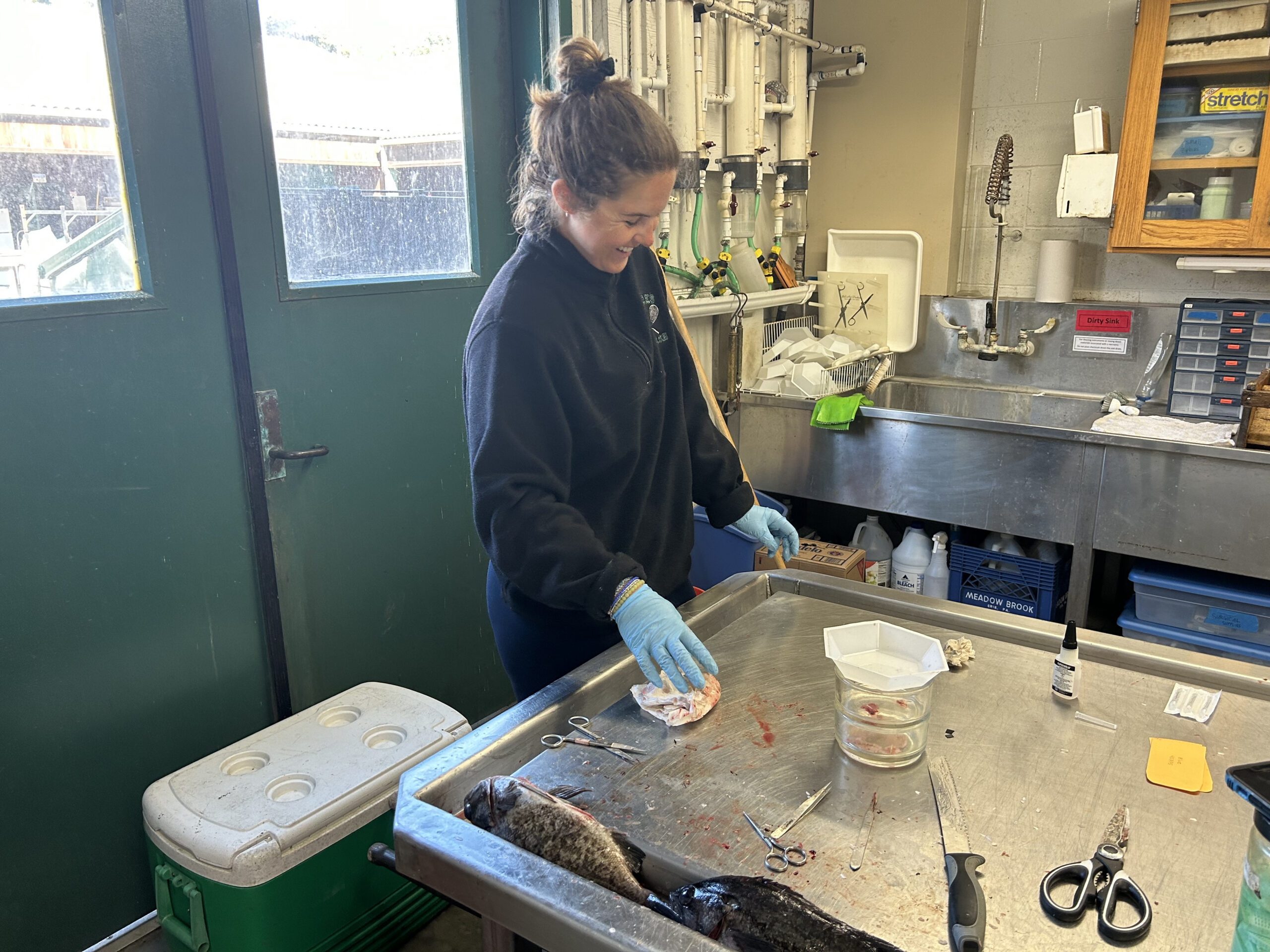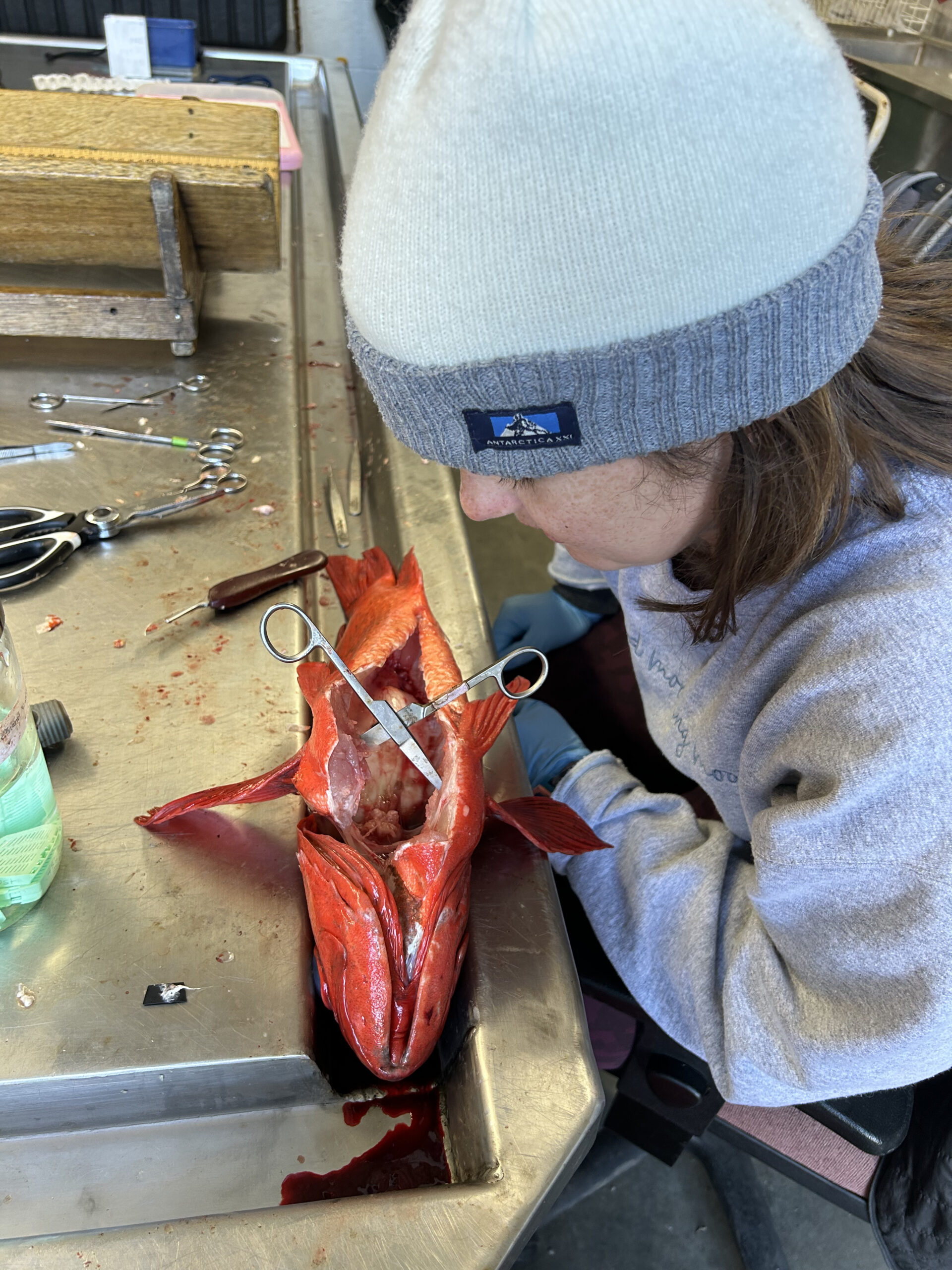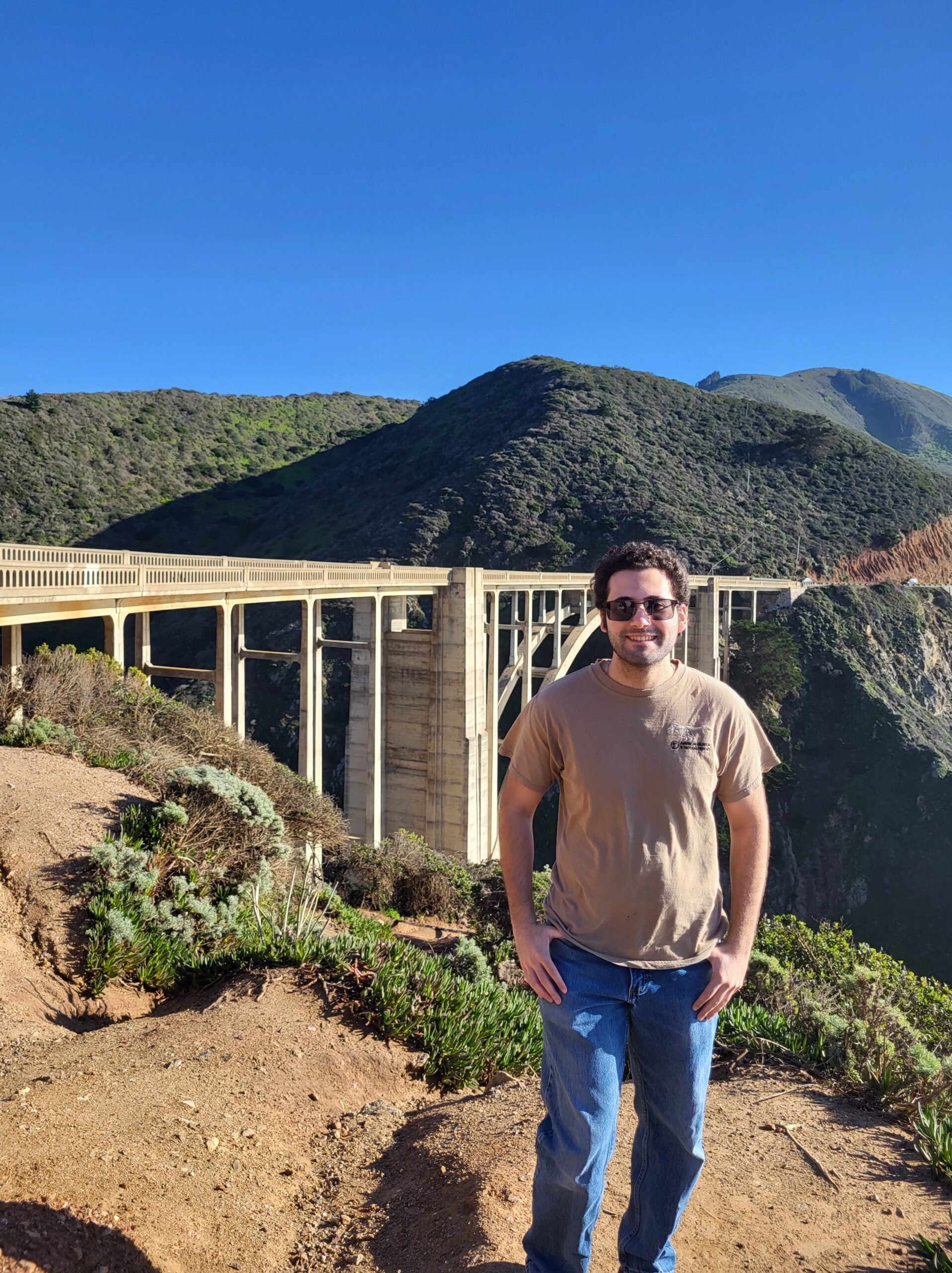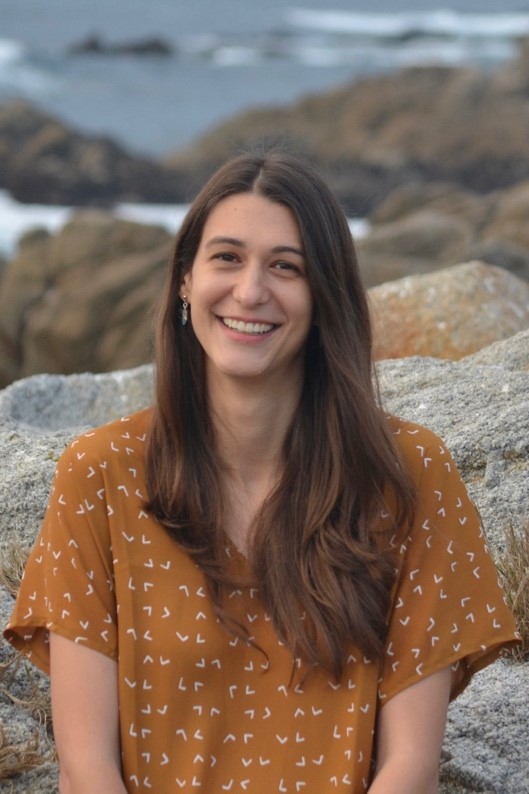"Population genetic analysis informs dispersal capacity in representative marine trematodes"
A Thesis Defense by Randi Barton
Live-Stream | November 15th, 2024 at 3:00 pm PST

Abstract
In marine and terrestrial systems, life history drives the distribution of organisms and informs the spatial scale of population connectivity. Nearly all bony reef fishes and invertebrates have a bipartite life cycle with a planktonic larval stage, which increases the organism’s dispersal capacity, and concludes with a relatively non-dispersive adult phase. While many studies have identified the relevant spatial scale for studying population structure in fishes and invertebrates, few have done the same for parasitic taxa, which have even more complex life histories with a higher diversity in the range of dispersal strategies they use. Parasite taxa differ in (1) life cycle complexity, (2) host specificity, and (3) the types of hosts they can infect. All variables are likely to have both independent and synergistic effects on dispersal capacity. This research investigates dispersal capacity using population genetics in two complex life cycle parasites- marine trematodes from Family Microscaphidiidae and Family Paramphistomatidae. We examined the population structure of adult microscaphidiids across the Northern Line Islands and found significant, high genetic structure, suggesting low gene flow. We also examined the population structure of adult and larval paramphistomes across the islands of French Polynesia, and found evidence of cryptic species. Overall, this study supports the idea that parasite life history contributes to their dispersal capacity, and highlights current issues associated with parasite genetic research such as the lack of biodiversity knowledge and the need for more studies on wild populations of parasites in natural systems.
Bio
I graduated from CSU, Monterey Bay in 2020 with my B.S. in Biology. During my undergraduate I became interested in population genetics, and began working with Dr. Alison Haupt on a project to better understand marine parasite dispersal using population genetics. This project evolved into my master’s thesis work at MLML, where I am co-advised by Dr. Alison Haupt and Dr. Amanda Kahn. In 2022, I began working at Granite Canyon Marine Pollution Studies Laboratory as a Lab Assistant alongside my studies. Now, I am a Staff Research Associate and oversee lab operations and lead field collections of sediment for a statewide monitoring program. After I graduate from MLML, I hope to incorporate my molecular experience into the toxicology work conducted at Granite Canyon, to enhance our understanding of how pollutants are affecting biological systems in both freshwater and marine ecosystems. Outside of school and work, I love being outside and doing activities such as hiking, backpacking, and tidepooling. I also love a good nap with my two cats.




































